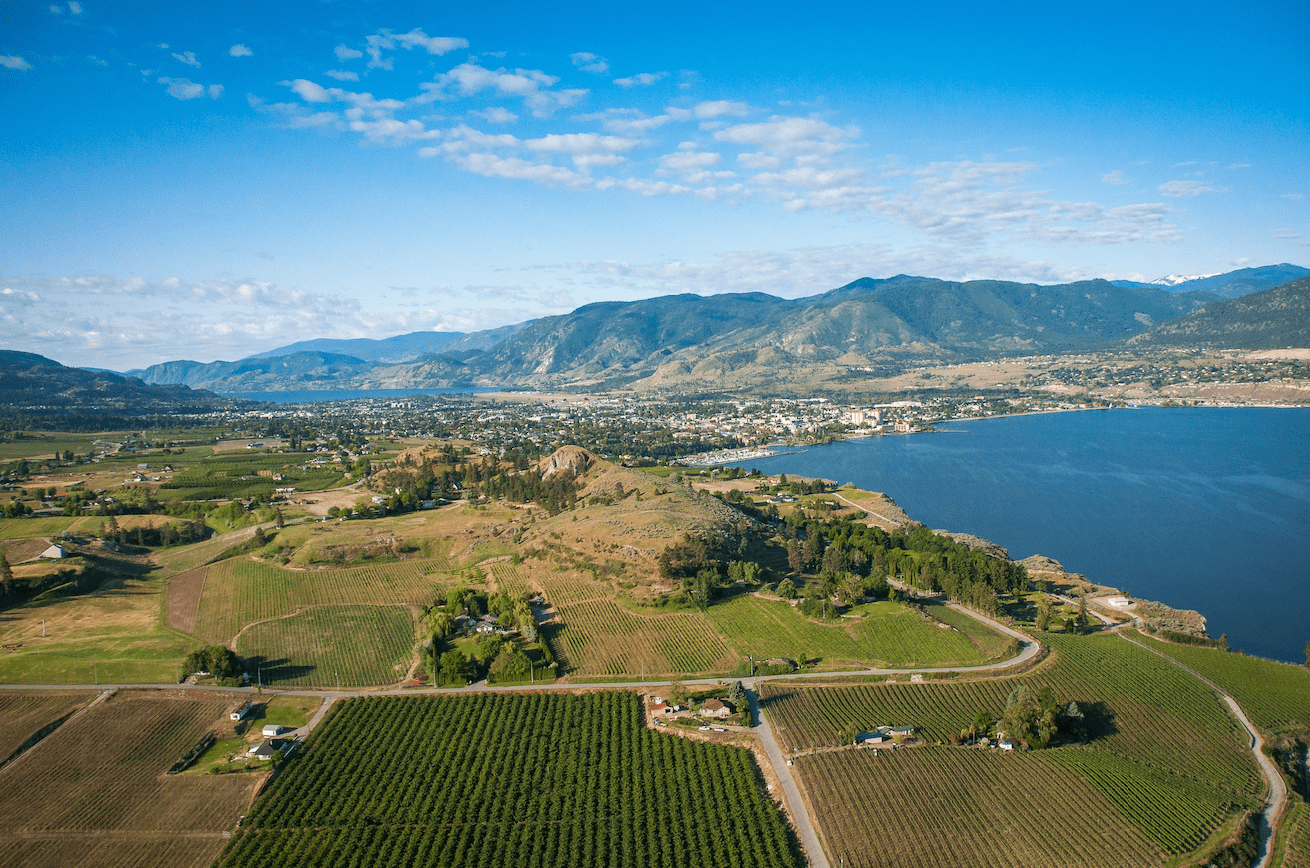
KAMLOOPS – Lights, camera, action!” is an often-heard phrase in the Thompson-Nicola Valley where the film production industry is a major economic driver. The tourism, accommodation, food and beverage, and agriculture sectors all benefit when film crews spend money in the region, including many small and medium size businesses.
The Thompson-Nicola Film Commission (TNFC) is a full-service film commission funded by the Thompson Nicola Regional District (TNRD.) Photography and videography inventories of select locations, terrain, unique buildings, and other assets are the main marketing tools to attract film production. To ensure the Valley’s film and photography industry remains competitive, the TNFC began an extensive update of its film libraries in 2022.
When Terri Hadwin took on the role of Film Commissioner that same year, the impact of fires, flooding and development had changed the landscape in parts of the region. “Some location photos were 20 years old and not a good representation of what those areas look like today,” says Hadwin. “It is important that location managers trust our libraries to be current and know that potential film and photography locations that may have been affected by natural disasters are still accessible.”
The Economic Trust of the Southern Interior (ETSI-BC) had previously supported projects for the TNRD and supported the film library update project through its Building Economic Capacity funding stream. This project covered the cost of new photography for 120 locations within ETSI-BC’s service area, with a focus on rural areas and First Nations. In addition, the Northern Development Initiative Trust (NDIT) provided funding to support the mainly larger communities within NDIT’s service area in the Valley.
The funding was used to hire four location scout photographers in addition to two that TNFC was already working with. The images they captured help stock two location libraries. The ReelScout Location Library is used by local filmmakers, the Directors Guild of Canada, and film production companies. The Explore TNRD library is used in-house and by non-profits, tourism groups, government, economic development groups, and First Nations to produce marketing materials with high resolution images. Both libraries can be viewed by potential investors and business operators wanting to locate their businesses and/or families in the region.
The project resulted in over 7,000 new images taken on the ground and with drones.
“Having these additional scouts enabled us to keep up with the workload, says Hadwin. “Not all the new scouts were formally trained as scout photographers but through the project they developed skills that will continue to be valued by the TNFC and film productions needing help with advance scouting.”
The one-year project timeline reflected the need for photography and filming to take place in all seasons and potential delays due to weather and smoke from wildfires. “In addition, film industry strikes were at their worse during prime shooting time,” points out Hadwin. “Considering more than 100 days were lost due to strikes, this project is a success.”
Approximately $3.8 million was spent on film industry projects in the TNRD even as the work was taking place, and more than 120 businesses were assisted by promotion of their locations. Serious interest was expressed by several projects and four film productions were shot.
“We’re thankful for the flexibility and collaboration of both ETSI-BC and its sister organization for the north, Northern Development (NDIT) to ensure the entire region could benefit from this enhanced photo resource,” Hadwin points out.
“Continuous updating of images and videos is vital to ensure a strong and competitive film production industry,” says Laurel Douglas, CEO of ETSI-BC. “These amazing images will continue to inspire long term economic benefits across the Thompson Nicola region.”
Source: etsi-bc.ca

